The Magic and Artistry of Studio Ghibli’s Films
Studio Ghibli’s films are undeniably works of art. They present a culture which respects hard work and stillness, yet also acknowledges the struggles and inevitable challenges that are part of human nature. The films touch upon real life topics that can ignite fiery debates and leave audiences pondering things about themselves. Most importantly, it is in their simplicity and their child-like nature that allows one to find a special part of him or her. Although some films are targeted towards children, they do not sugar coat struggles, pain, sickness or feelings of hatred. They present what life is really like in a way that is approachable in fictional and often fantastical stories. Studio Ghibli shows that true artistry can be found in the simplest things and in the small pleasures and pains of life. Qualities such as Ghibli’s art style, simplicity, pacing and rawness of the characters allow the animations touch its audiences in a unique way.
Simplicity: the key to the heart
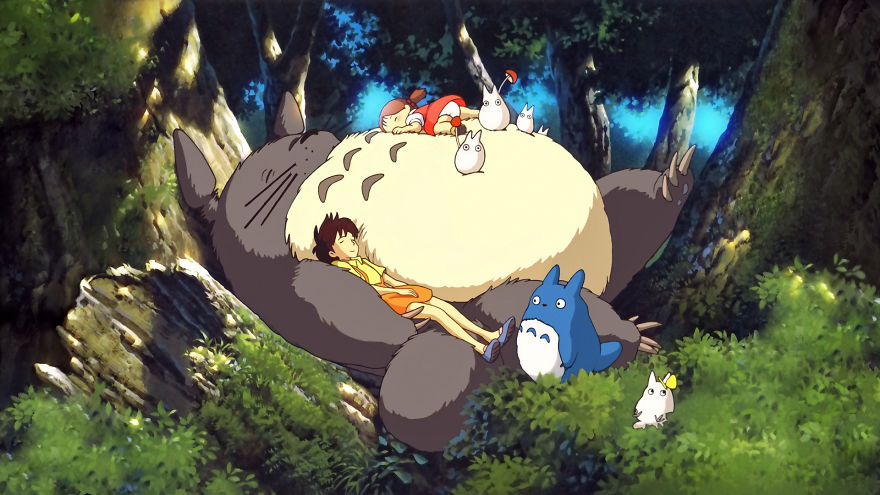
A striking observation about Ghibli’s films, is their simplicity which allows the audiences to relate to the characters and their world. Studio Ghibli’s films take place in a real-life world and in the daily life routine. For example, in Up on Poppy Hill, the audience is transported to a simple town and meet a high school girl who takes the responsibility of helping her single mom. Through her eyes, the hardships of daily life are presented: cooking, sleeping on a hard floor, raising the flags and going to the fish market. Moreover, although hand drawn and not as digitally complex as the newest Disney Pixar films, the simplicity of the art work gives a sense of warmth and glimpse of Japanese culture. Similarly, in the heartwarming film Whisper of the Heart, audiences are pulled into the world of Shizuku Tsukishima. This world is so simple: it is the bustling Tokyo and it is the real world. Despite the lack of fantasy elements and computerized animation, the world painted by Ghibli is charming and an approachable world—it leaves Western audiences wondering if Tokyo really looks like that.
Hard work for succeeding and for fulfilling dreams
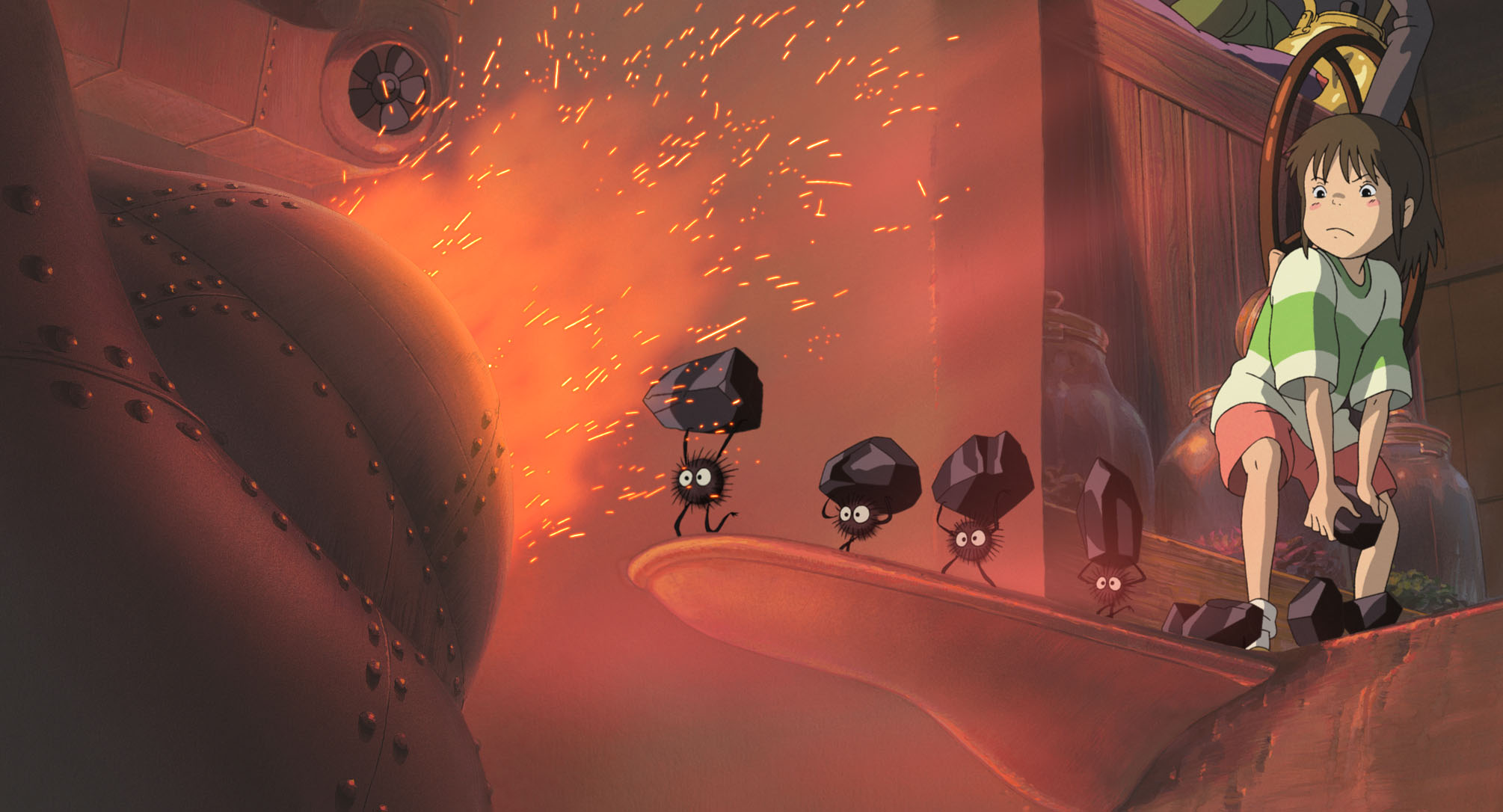
Simplicity and hark work come hand in hand, because it is through simplicity that one realizes that hard work is part of life. Hard work is a theme that is presented in most of Studio Ghibli’s films and is often illustrated by physical labor, study and jobs. Placing a special emphasis on work ethic allows the films to be relatable to the audience as well as showing the value of hard work in Japanese culture.
One of the best examples of work ethic and perseverance is the fourteen year old Shizuku Tsukishima in Whisper of the heart. After meeting Seiji, an aspiring violin player, Shizuku concludes it is not enough to just read stories all day and that she must become “someone” to be good enough for Seiji. Seiji inspires her to think about her future and his work ethic motivates her to write a story. Through many sleepless nights, having difficulty at school, and facing anxiety, the audience can feel how important hard work and story writing is for Shizuku. Yet, both Shizuku and Seiji despite their hard work and perseverance, conclude that they need to take more time to become skilled writers and violin makers. Although many films often show the reaps of hard work at the end, Whisper of the heart illustrates that hard work and perseverance is life long and that one should always continue to strive to be better than what he or she is.
Furthermore, Spirited Away also demonstrates the importance of work ethic in Japanese culture. Spirited Away is a fantastical film which transports its audiences to the world of spirits in a bathhouse. Chihiro, a young girl who is shown to be a cry-baby and a coward, becomes tough and builds her personality though tough labor. Not only does Chihiro need to work hard to prove herself to Yubaba and the spirits, she needs it to save her parents . Furthermore, she needs to work hard to keep her name. Through animation, the film gives the audience a sense of what hard work looks and feels like through Chihiro’s crying, struggles, and the painful scene of accepting her fate while crying and eating rice balls. Struggling and persevering, Chihiro grows into a new girl from the girl who entered the mystical bathhouse: yet she retained her name. Although a fictional ten-year old girl, Chihiro presents relatable dilemmas and fears. Is one able to remain who he or she really is after struggle and hard work?
Creating raw, relatable characters is magical
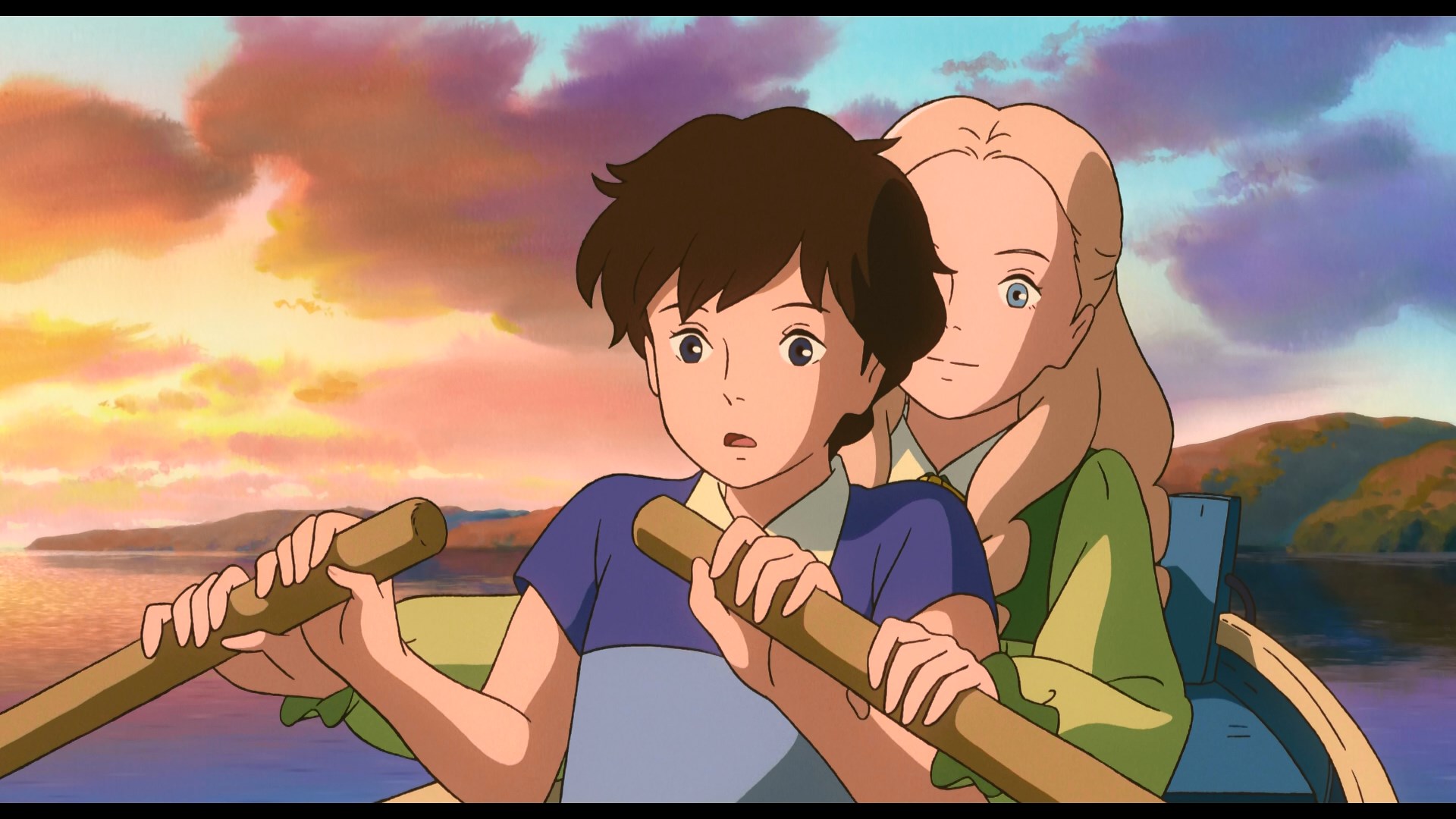
Like Shizuku and Chihiro, most characters in Studio Ghibli’s films are so relatable and raw that one can easily see his or herself in the character. For example in When Marnie was there, the main character Anna presents an introverted character with Asthma who is struggles to fit in. She seeks for a family who can love her. The way feelings are portrayed in this film is very raw: the audience witnesses the screaming, tears, vacuous faces, and blushing. For example, the scene where Anna pokes a whole through her sketch book with her pencil while she saying “I hate myself” is a powerful demonstration of loss of self worth, depression and guilt that many people face in different times of life. Despite being quite strong and almost aggressive, it is a true and relatable feeling. Anna seeks what most people seek: family, friends, acceptance, and to be “normal”. What makes Anna’s story so touching is that she proves that while there may be no villain, feelings of guilt, exclusion, and depression can be even scarier than a villain and overcoming them can be far more rewarding than slaying the evil dragon.
Similarly, Lady Eboshi from Princess Mononoke presents a character who is deep and complicated. A beautiful, headstrong leader of Iron Town, Lady Eboshi seems to be a villain. However unlike most common villains portrayed in films, she isn’t fully maleficent. In fact, she has a tender heart for downtrodden people such as leapers and abused women. Unlike most villains who are portrayed as ugly, she is a beautiful, elegant woman and is highly respected in her town. She almost seems like a role model: she is strong, courageous, beautiful and revolutionary. While it seems a paradox, she is also an enemy to the forest and plots to destroy what belongs to the gods. Audiences are puzzled: Is she bad? Is she good? In many aspects she is bad– she kills the forest ruthlessly and seeks to kill the forest gods. Why then is she so loved and respected? The answer is simple: she is a human being who has both good and bad traits. Lady Eboshi reminds audiences that human beings are flawed, but that doesn’t make them all good or all bad.
Beauty in moments of stillness
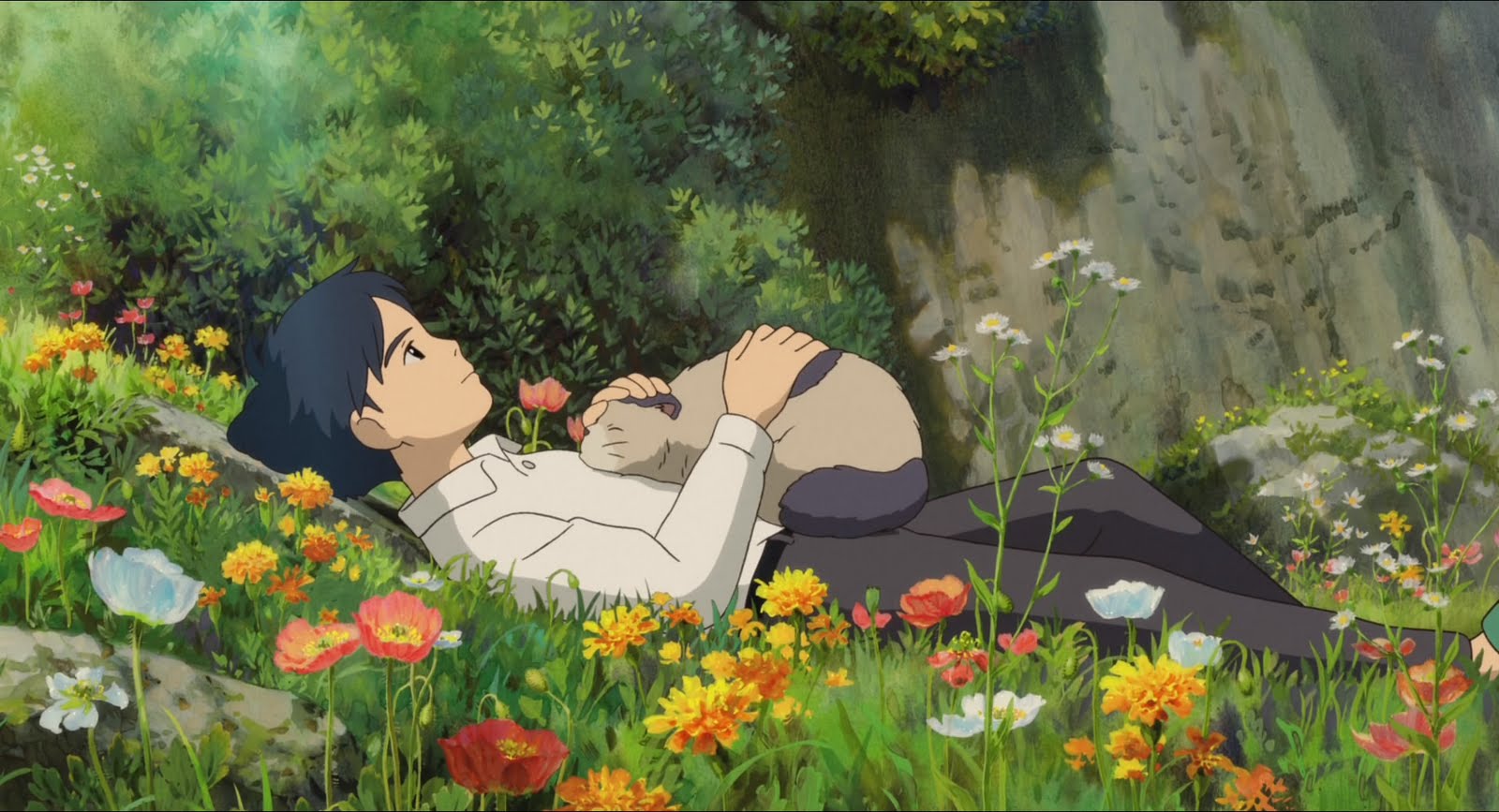
Part of what allows the characters to be fully developed and to feel real is the length of Studio Ghibli’s films.For animation films, Studio Ghibli’s films are quite long. Often, Studio Ghibli’s films present scenes of stillness, or slower scenic scenes with little action or words. Although these scenes may seem slow or unimportant, they give space to develop the characters and to heighten dreams or feelings the characters are having such as feelings of isolation, wonder, or anxiety. It is in these moments of stillness that the audience can contemplate with the characters and feel what the characters are feeling. These moments remind the audience the importance of stillness in such a fast paced world and highlights the beauty of a slower paced life.
What do you think? Leave a comment.


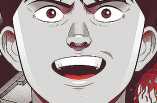

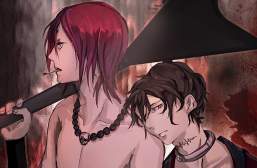
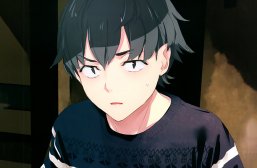
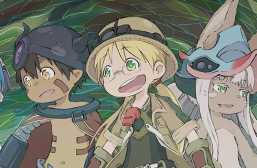
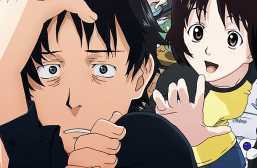
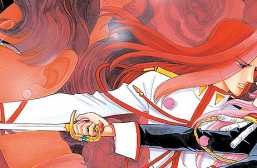
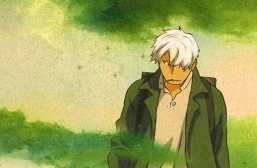
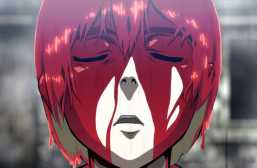
I have enjoyed Hayao Miyazaki’s films dearly and have loved the genre of Magical Realism!
I managed to get my hands on an English dubbed version of Miyazaki’s final production, The Wind Rises, recently (Hard to find here in Bangkok, where they’re normally only dubbed/subtitled into Thai). It is a wonderful movie and a fitting swansong for the Master.
It joins my other favourite Miyazaki movies, Porco Rosso, Princess Mononoke, Laputa and Howl’s Moving Castle, and my Studio Ghibli favourite The Cat Returns (A fantastic feat of feline animation!).
With Miyazaki’s retirement, cartoons will never be the same.
I love Hayao Miyazaki’s films. They are beautiful, wonderous, and extremely human. It is awe inspiring to look at his career in animation.
This is a really good article and it illustrates some of the best qualities that Miyazaki’s films have.
There’s one thing I don’t get about Grave. It’s not really about the movie itself (I haven’t seen it yet), but what many people in the internet say about it.The most common thing I hear is that “It’s more focused on telling a sad story rather than a good one, and is as manipulative with its message and feelings in the same way as movies like Patch Adams”.Could someone explain me what’s this all about?
sad stories can be good, Grave of The Fireflies actually proves it. They hit a lot of emotional marks to show the hardships of war and its impact and everyone of them work. I haven’t seen Patch Adams so I don’t know about the comparison. Your desire to watch the characters make it through the war keeps you going through the film, so when the movie really gets sad, it isn’t cheap or manipulative, it’s heartbreaking. It focuses on trying to keep these characters just being alive and sane during the war. Grave of the Fireflies is my favorite animated film of all time, possibly my favorite in the world of cinema. I recommend that you check it out yourself, if you can sit through sadness it is a must must watch.
Studio Ghibli is my favorite animation company of all time, tied with pixar. They’re just… too good.
Studio Ghibli is one of my favorite animation studios of all time. I just wish Disney didn’t redub My Neighbor Totoro…since my sister and I grew up with the Streamline dub…and there is a big disconnect from our childhood and certain parts of the Streamline make more sense to the background context (of Japan) in that version. Thankfully, I found a 20th Century Fox distributed DVD of the Streamline dub. My fiancee also grew up and loves that version as well as far as dubs go.
Sad Studio Ghibli more or less closed its doors.
my older sister has a collection of studio ghibliw´hich I can’t wait to start delving into
If the movies are as beautiful as the images in the article, then they are definitely worth taking a look at.
Yes they are! I recommend them 🙂
It’s amazing how well Miyazaki fully understands different aspects of storytelling with films such as Castle In The Sky being a simple mystical adventurous film done beautifully and then the deep complexities of his arguably best work which I personally find to be far better than Nausicaa of the Valley of the Wind being Princess Mononoke showing the harshness of life with how there is no good/evil.Only people who have sympathetic reasons of course leading them into doing the actions they commit.
my favourite film is spirited away
Here’s a fun fact about the voice actors in My Neighbor Totoro. In the Japanese version, the father was voiced by Shigesato Itoi. But video games fans will know Itoi for creating the Earthbound/Mother series.
I havent seen Castle in the Sky yet but i remember i saw some dvd boxes in a store here on Mexico with the full title of Laputa: Castle in the Sky on the cover. I was always wondering if it was a hilarious mistake or if it actually meant something in other languages. Glad to know it was a mistake.
Love ghibli have a whole collection except for from upon puppy’s hills and lapan the III
I love the mythology and folktales in SG!
It’s honestly amazing how truly, Miyazaki understands the human experience. In every one of the Studio Ghibli films we see a level of character development that ascend far above the common tropes of today’s media.
Anime at it’s best, as by Miyazaki or some other Ghibli offerings, is utterly wonderful. Without wishing to denigrate Hollywood animation films, I find them interesting, some of them, but never captivating in the way the best anime can be.
i wasn’t introduced Miyazaki or anything from Japan until 1994 when my aunt Debbie showed me the 20th century Fox dub of My Neighbor Totoro
I can’t really remember, but I think Kiki was my first Ghibli film. And it’s my favorite, right above Spirited Away.
I remember my teacher showed us Grave of the fire flies in 9th grade because we were learning about WW2. This girl halfway through said she didn’t like it because it looks like Pokemon.
Castle in the Sky is one of my personal favorite animated films.
I’ve got to disagree when you say that the art in Miyazaki’s films is “less complex” than the new Disney/Pixar films. Just because it’s hand drawn doesn’t make it less complex, in fact I think the opposite could well be argued. I think Ghibli’s art is insanely ornate and complicated, often filling scenes with otherworldly, detailed objects (I’m thinking of Howl’s bedroom in Howl’s Moving Castle, for example). Glad to see a post on this, these have long been some of my favorite movies.
This is a wonderful insight on Miyazaki’s films, although I disagree with them being simple, while the animation style is simpler than most Disney and Pixar films they are still elegantly complex in dealing with abstract emotions such as depression and guilt.
I love studio ghibli films!
The moments of stillness in a Ghibli film are so important. So often, both anime and live action films feel the need to be in your face all the time. Be it plot, dialogue, or just endless actions one after the other, there is a prevailing fear that an audience will lose interest the moment you stop talking to them. But the thing Ghibli understands is that silence is talking – and more than that, it is something that we often fail to appreciate, and thus is something that hits us heavier when it falls. A wonderful article.
I love the simplicity of the worlds Ghibli creates and the underlying integrity of the hero/heroine, but it is often a backdrop to better delineate more complex characters- Lady Eboshi is a good example, but so is Yubaba from Spirited Away, and there are many other characters in Ghibli films who demonstrate good and bad sides to their personality. I think this helps younger viewers appreciate the complexity of the adults they have to deal with in the real world.
I have loved Ghibli films for years and have never been able to put a finger on why. This helped me put words to why!
This is a great article, but I think trying to tackle so many of Miyazaki’s works in a short article does not illustrate the impact of each individual film. In Spirited Away, Chihiro does lose her name and becomes Sai, when she works at the bathhouse, which I think would have been cool to further analyze in the discussion of identity as it relates to the individual, work life, and social life. More importantly, how its loss and recovery impacts the evolution of the character and her development. Growing up, we take on many roles in life, and change who we are, but ultimate we return to a singular name that represents a unique sense of self. In essence we grow into our names and define ourselves along the road of life to fill that name out with individual character traits and choices.
I’m just getting into to Studio Ghibli, but I think your piece provides a nice introduction for anyone wanting to begin getting into it.
Spirited Away is my favourite Ghibli film and it was also my first. I will never forget the magic and excitement I felt after watching it. I was overwhelmed by an insatiable hunger for all things Ghibli and in particular Hayao Miyazaki. I even visited Japan to see the Ghibli museum! My favourite thing about his films are the female protagonists. I am thrilled that there are female role models like Chihiro and Nausicaa for young women to look up to.
Ghibli films are absolutely brilliant.
Ghibli always manage to create a feeling of escapism and losing yourself in a completely unfamiliar world that I’m yet to find anywhere else.
Just when we all thought that the Ghibli era was over! Hayao Miyazaki is coming out of retirement to make one more ‘last’ film. We’ve also got Studio Ponoc, founded by ex-Ghibli staff, which will be releasing メアリと魔女の花 (Mary and the Witch’s Flower) this year. Still an exciting time to be a Ghibli fan.
Really! That is awesome. I look forward to see those.
I cannot wait to see what Stuio Ponoc come up with, although I think it’s going to be a long wait for Miyazaki’s final work.
Wish we could just stop time to have the best movie marathon to reminisce
I personally think it’s not only the artists and writers who should be commended for the beauty that is Studio Ghibli films, but also those who create the soundtracks. These movies would not be half as beautiful or immersive as they are without the accompanying soundtracks.
A very interesting essay. For me the highlight was when you mentioned- “work ethics” and its rewards portrayed through Studio Ghibli
s storytelling . I personally believe many of the characters portrayed in today’s children’s media focuses on mere’luck’ rather than genuine effort to succeed.- Keep up the good work
Great article. So often it’s hard work and toil that creates something beautiful in Studio Ghibli films.
Great article, though I wish I had found it sooner. A few months ago I invited some of my friend to see Spirited Away with me in theaters. They dismissed it as “A kids movie” and “boring”. I sort of wish i could have shown them this article and proven them wrong. I loved the Ghibli films already, but you made me see them in a deeper way.
Thank you so much! Yes, even though they are often seen as children’s movies, they do have deep messages!
I still think Castle in the Sky is Ghibli’s masterpiece. It takes all five of your excellent points and throws them into one gorgeous, emotional journey of friendship and discover. It also manages to have some of the most incredibly animated action I’ve had the pleasure of seeing. It’s the one Ghibli film I continue to return to.
I do need to continue expanding my knowledge of their library though. I haven’t gotten around to films like “Up on Poppy Hill” or even “Totoro” (shocking I know). I’m just not quite sure where to start.
That point on stillness is definitely true. Miyazaki himself stated once that lots of Western film was scared of ’empty space’, and had to pack it full of action. Whereas Miyazaki was happy to allow these still moments, as they were more realistic, and emphasised other moments further.
love the way you write your articles!!
This analysis of the Studio Ghibli films was amazing. I loved the delicate nature that you moved through the themes and topics of select films.
As well as this, you’ve truly reached the core of Studio Ghibli and how and why it operates.
Thank You!
Thank You!